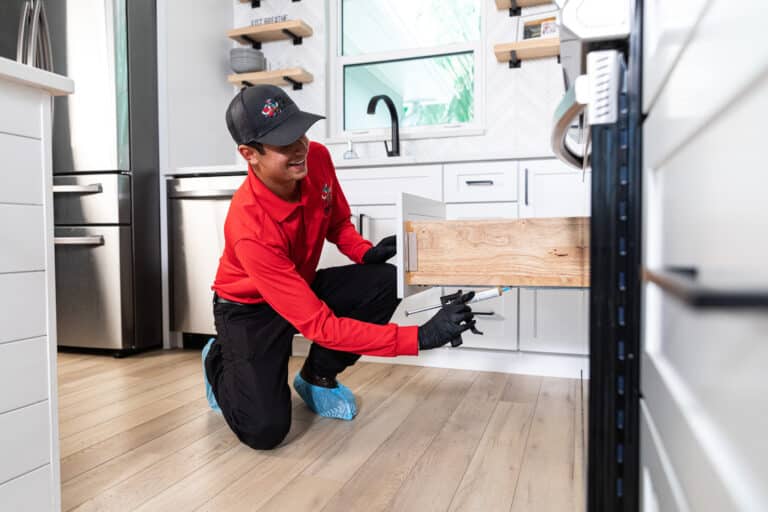
You know, it used to be that pest control by exterminators VA Beach meant one thing: somebody showed up with a tank, sprayed everything that moved, and called it a day. The smell alone could knock you back three feet — but hey, the bugs were gone. Fast-forward to today, and things look very different. Between new environmental laws, stricter chemical regulations, and homeowners who actually read labels now, exterminator services are getting a serious makeover.
And honestly? It’s about time.
The world’s gotten a lot smarter about what we’re putting into the air, soil, and even our own homes. So let’s chat about how the pest control industry — those hardworking folks who keep termites, ants, and roaches from taking over — is changing for the better.
Why the Rules Are Tightening Up
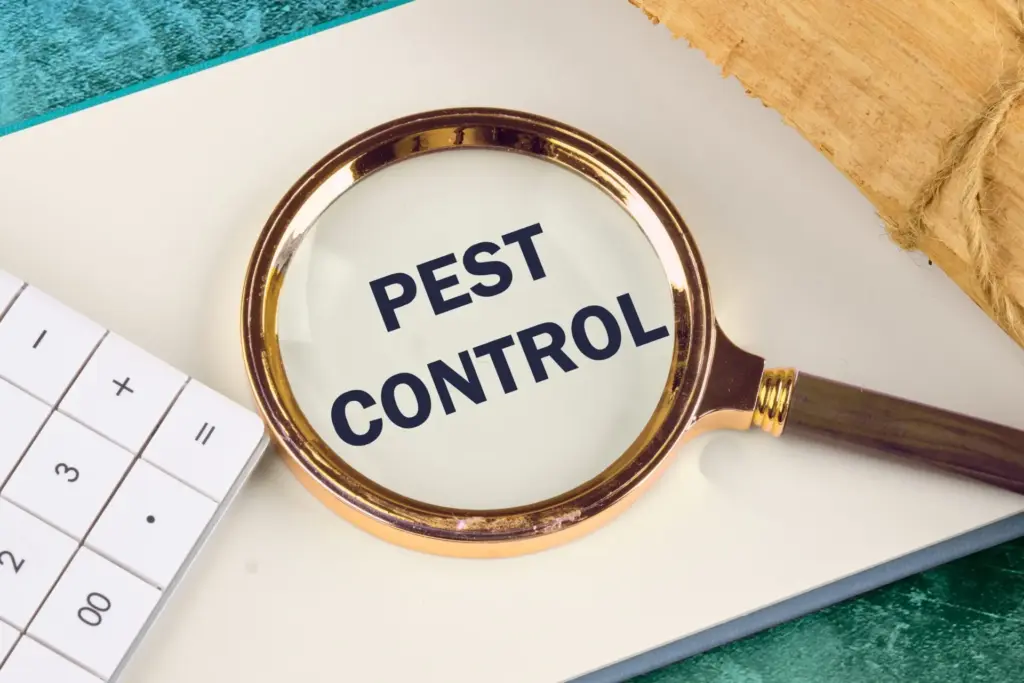
Not to sound dramatic, but pest control chemicals used to be pretty wild. Decades ago, people didn’t think twice about using harsh pesticides that killed bugs and pretty much everything else around them. But over time, scientists and environmental agencies started to see the bigger picture: chemicals were seeping into groundwater, harming bees, and even affecting indoor air quality.
So now, agencies like the EPA (Environmental Protection Agency) have stricter rules about what exterminators can use, how much they can apply, and where. In Virginia Beach, for example, where coastal ecosystems are delicate, professionals have to be extra careful. You don’t want runoff from a treatment ending up in Back Bay or the Lynnhaven River, right?
That’s why modern pest control isn’t just about killing pests — it’s about balancing safety, effectiveness, and environmental responsibility.
Eco-Friendly Doesn’t Mean Less Effective
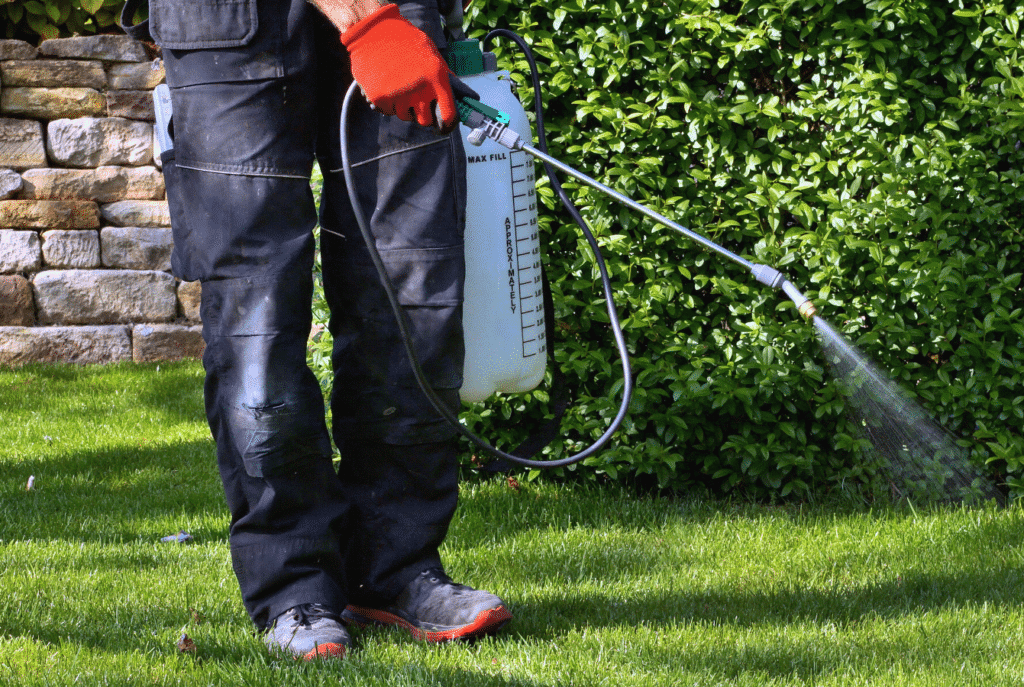
One of the biggest misconceptions floating around (besides those mosquitoes after a heavy rain) is that eco-friendly pest control doesn’t work as well. Totally not true.
Today’s exterminators use integrated pest management (IPM), which basically means they focus on prevention first — sealing cracks, managing moisture, trimming vegetation — before they even reach for chemicals. And when they do use treatments, they’re often targeted and low-toxicity, designed to hit pests hard while keeping families, pets, and pollinators safe.
You’ll also see a rise in biological controls, like bacteria that only affect mosquitoes or nematodes that go after soil pests. It’s a smarter, science-backed approach that works with nature, not against it.
What These Changes Mean for Homeowners?

For the average homeowner, the shift might not look huge on the surface. The Virginia Beach exterminator still shows up, treats your home, and schedules a follow-up if needed. But behind the scenes, there’s a lot more regulation and training involved now.
Technicians are required to:
- Track every chemical used (down to the ounce).
- Use precise application methods — no “spray everything and hope for the best.”
- Follow guidelines that protect local wildlife and waterways.
- Educate homeowners on long-term prevention.
That last one’s key. The best exterminators today aren’t just spraying — they’re teaching. They’ll walk you through what attracts pests, how to reduce moisture, and what little maintenance tasks can make a big difference. It’s more of a partnership now than a one-time fix.
How Exterminators Are Adapting?
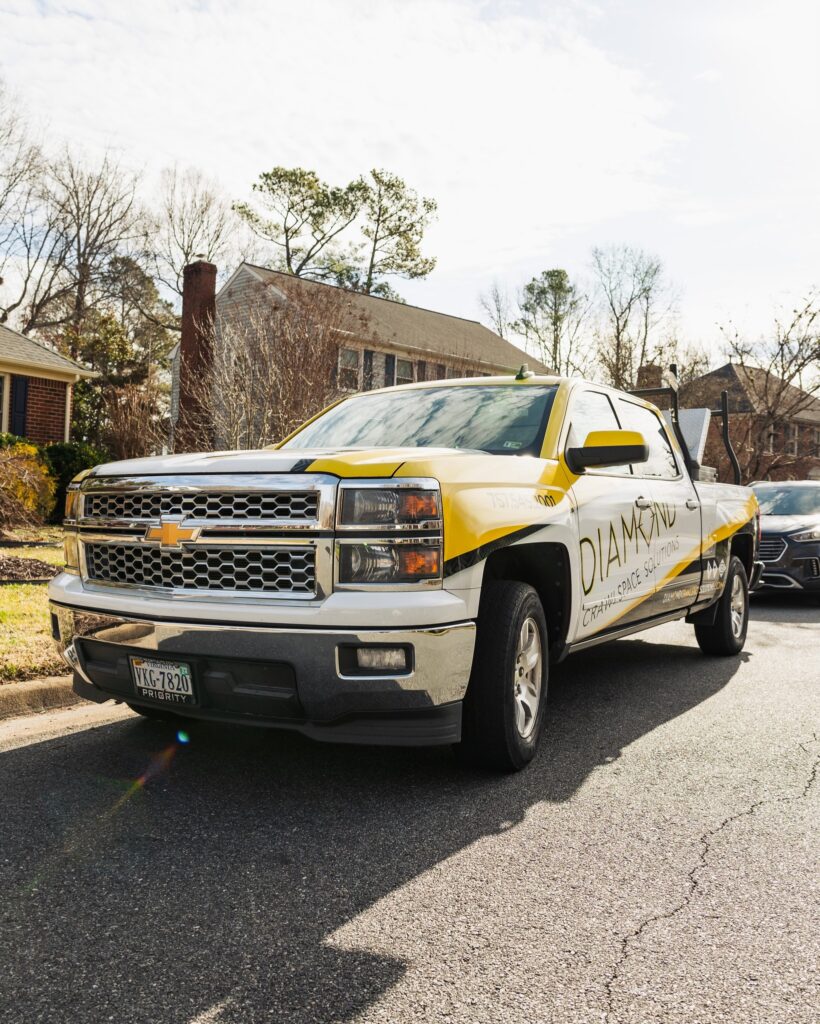
The pest control industry’s gotten creative, too. Companies are investing in digital monitoring systems, smart traps, and eco-safe treatments that meet the new regulations and keep customers happy.
You might even notice techs using tablets instead of clipboards — not because they’re trying to look cool, but because data tracking is part of compliance now. It helps them document chemical use, results, and environmental impact.
Plus, many are earning certifications for green pest control or IPM practices, which gives them a real edge in places like Virginia Beach where people care deeply about sustainability and coastal preservation.
FAQs
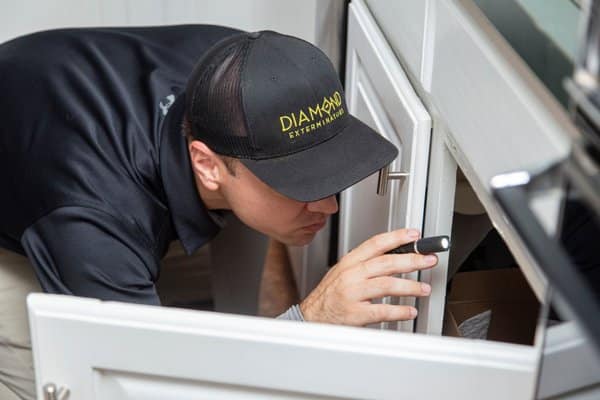
Q: Are these new pest control methods more expensive?
Sometimes slightly, but not always. The focus on prevention and precision can actually save money long-term because infestations are less likely to come back.
Q: Does “eco-friendly” mean it won’t kill pests as fast?
Nope! The new formulas and strategies are just as effective — they just target pests more carefully instead of blanketing the whole property with chemicals.
Q: Should I still have my home treated regularly?
Yes. Preventive maintenance is still important. Regular inspections and low-impact treatments keep your home protected year-round.
Q: How can I tell if a company follows these new eco-standards?
Ask them! A transparent exterminator will gladly explain their methods, show product labels, or share certifications like GreenPro or QualityPro.
Wrapping It Up
At the end of the day, pest control isn’t about “nuking the bugs” anymore — it’s about managing balance. We all want a bug-free home, but not at the cost of our health, our pets, or our planet.
So, next time you call an exterminator, don’t be shy about asking questions. Ask what they’re using, how it works, and whether it’s safe for your yard and waterways. The good ones will appreciate it — because these days, the best pest control pros are the ones who know that protecting your home and protecting the environment go hand in hand.
And honestly? That’s something worth raising a glass (or a citronella candle) to on a warm Virginia night.
- 0shares
- Facebook0
- Pinterest0
- Twitter0


